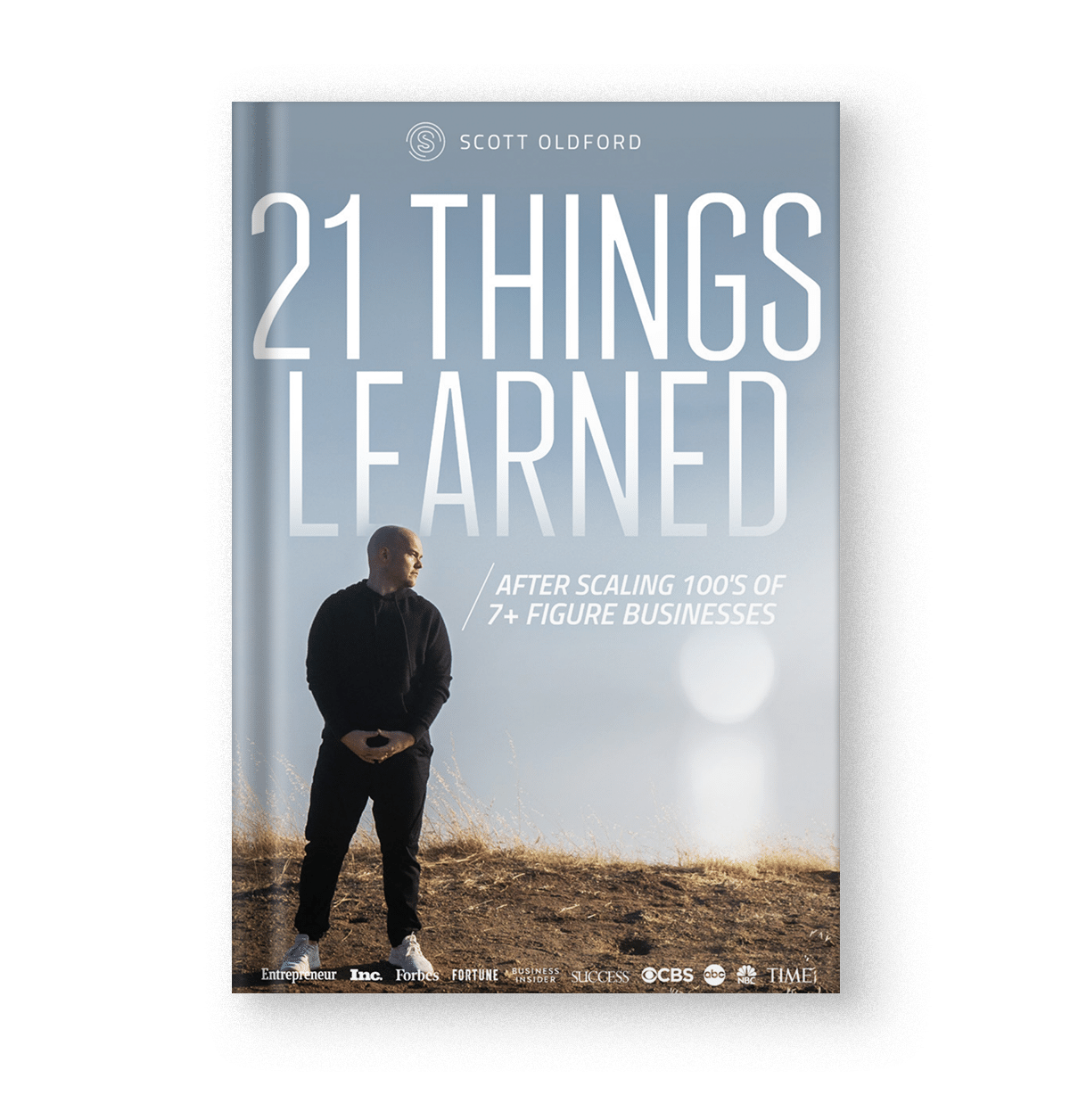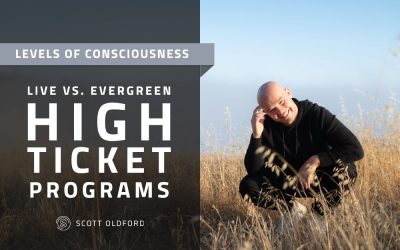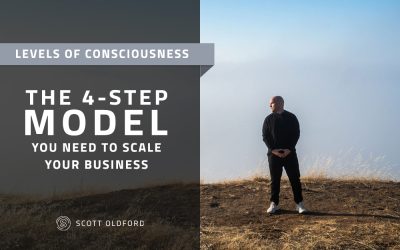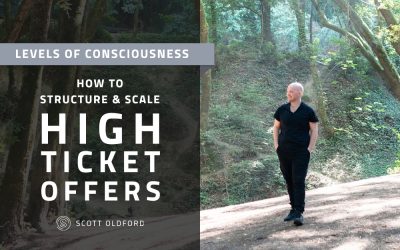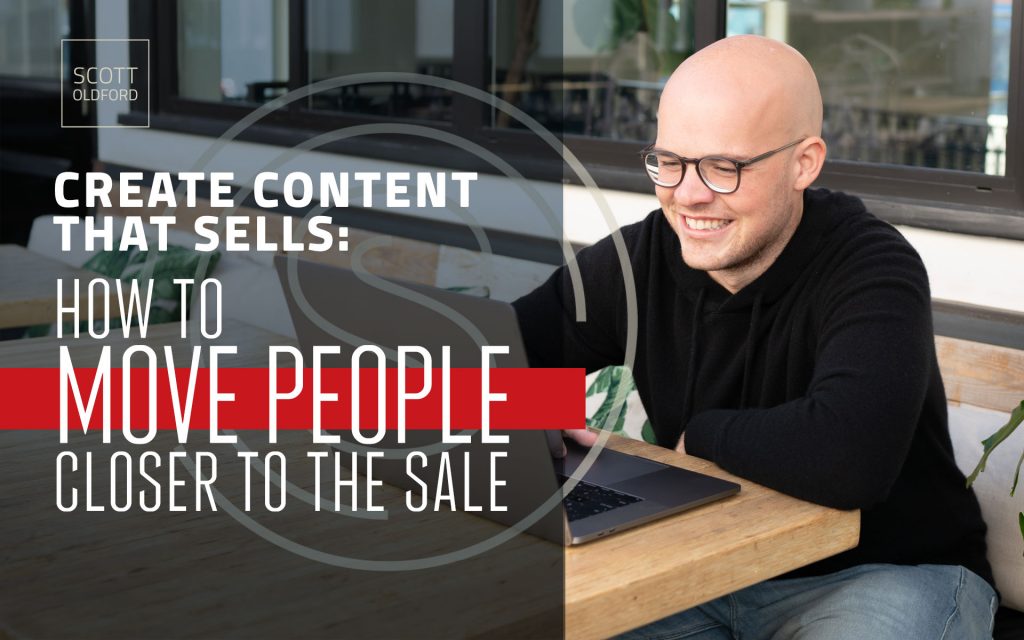
You can push people directly to the sales page, but I’m sure you aren’t getting the results you want.
What you could do instead, is to use your content to get yourself more customers and make them want to purchase your product/services.
And when you hear this, it seems like the shortcut is to create high-quality educational content. That works to a certain degree, but then you find that others are crushing it without pumping out a lot of content like you do.
So what’s the secret? How can you actually create content that sells and move people closer to the sale without being salesy?
That’s what you are going to learn in this post. You will discover the complete system to create content that sells.
But first…
Why People Are Wrong About Content Creation
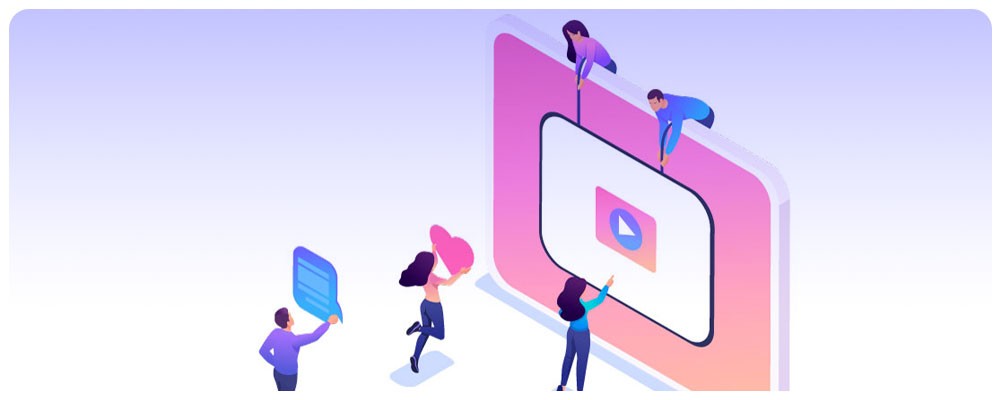
People just follow one end of the spectrum and they think that the key to making money using content creation is to keep pumping out high quality educational content, like this post.
Yes, these are great to get people when they’ve only recently heard about you and to increase your omnipresence stack (more on this later), but that’s not the only type of content you need to create.
Or maybe you see the content strategy on a celebrity entrepreneur’s Instagram account and find out that it only showcases their lifestyle.
Yes, people may be interested to know how you do what you do, but that doesn’t immediately sell them on your products or services. However, when used as part of a bigger system, it can move people closer to the sale.
Do you notice the pattern here?
One content type is not enough. But you don’t need to pump out a lot of content.
Actually, if you do it the right way, you can create your content once, and then you will only need to add to it from time to time.
How to write content that sells:
You need different types of content creation to interact with different parts of the brain and show the right post at the right time to move your audience from the sidewalk to the slow lane to the fast lane.
This is what I call the 3-lane marketing method. More on this later.
There are people that literally all their social media and everything that they do is personal stories, personal beliefs, and lifestyle posts, right?
Problem is, potential customers aren’t going to pay you for that. No one’s going to open their wallet for you if that’s all you’ve got.
Then you have other people that share content that showcases the process, pain, & solution. You may be thinking “That’s great, what’s the problem with that?”
The problem is that the intellectual mind doesn’t buy, the emotional mind does.
So what we have to do when it comes to the types of content we use is we have to engage the intellectual and emotional mind at the same time.
The emotional mind comes closer because of personal stories, personal beliefs, and lifestyle.
But the intellectual mind, which controls the belief that we need to buy something seeks to understand the product in question and comes closer with the process and solution posts.
We have to have both, which means that you have to have the personal story posts just as much as the process or method to be able to help somebody.
And this is where most people fail and do content creation the wrong way.
A lot of people have these great articles, but they can never sell anything because all they’re doing is engaging the intellectual mind.
One of the reasons that I can sell the way I sell is because I do all of this, through all social platforms. And so the intellectual and emotional minds are engaged at all times.
So what are these content types that I keep talking about?
The 13 Different Types of Content Creation to Move People From Not Knowing You to Closing The Sale
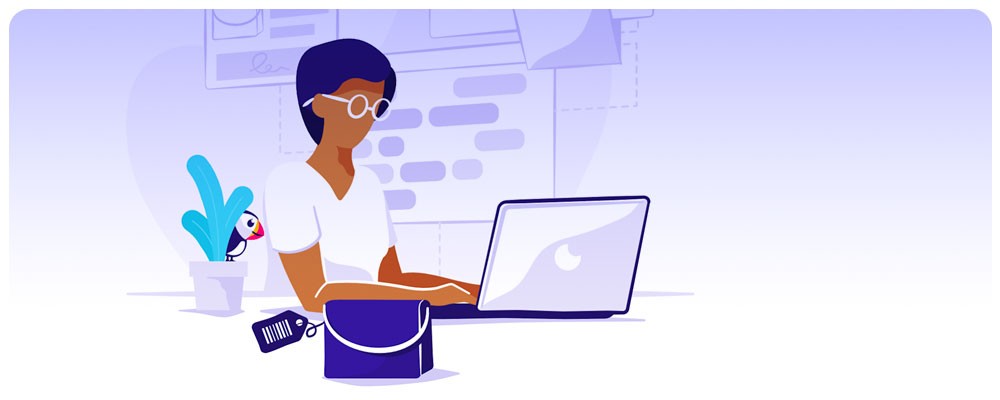
The 13 content types is a core component of the Relevancy, Omnipresence, and Intimacy Method.
It ensures that you create great content and have the right content at the right time, which makes your marketing and sales process much easier and more streamlined.
So what are these content types? How can you develop them? Do I have any examples to help you understand it?
That’s what you’re going to discover in this section.
The first type is…
#1. Personal Story
Your personal story is something that you’ve gone through in your life, and experience, that creates transparency between you and your audience and makes you resonate with them even more.
Your personal story is crucial to your brand because it’s something that one else can compete with. In short, it is your ultimate unfair advantage.
Your experiences are what someone else is able to actually connect with, regardless of your strategy or tactical content (the deep guides on your blog with steps to follow) that you produce.
It’s not just the ups and results that you get in your life. You share the downs as well which is more important because it makes you more relatable and thus your audience starts resonating with you more, which makes you relevant to them.
Even if your downs don’t make you look good, it’s important to share them because authenticity is better than being perfect. Just like my debt story. Everytime I mention it or talk about that time, I see my audience relate to it and engage with it very well.
Here is an example of a post where I share my personal story:
It seems insane to open up like this and share about many of my failures in one post, right? But this is what makes me relatable to more people.
Many people in my audience have passed through a similar situation, so they understand that I know where they are, and I can help them.
#2. Personal Philosophy/Beliefs:
These posts showcase a belief you hold and in it you share with your audience what you believe and why you believe in it, and thus you provide a little bit of context about yourself and what you do.
This type of posts is what creates connection and community because you share how you believe the world looks, which ultimately leads to intimacy.
For example, Kevin Kelly, a futurist, believes that A.I. and robotics will change the world to be a better place and is optimistic. All of what he talks about is based on this and it’s his personal belief. He rallies generally optimistic people around him.
On the opposite side, Elon Musk, while developing A.I. and the new technology, believes that it could be the destruction of mankind and paints a potentially bleak future.
This ability to share your personal beliefs about the world will allow you to engage or polarize various audiences. Without it, you’re just another stranger trying to get someone’s business.
But the problem is that most of the time we’re afraid of doing this because we’re afraid of judgment and being wrong or polarizing people who don’t have the same beliefs.
But when you share your beliefs, you’re able to have the ultimate niche, a group of people that feel like you’re part of the same tribe as them. And don’t worry much about the people who disagree with some of your beliefs. Not all of Tesla buyers agree that AI is going to lead to the destruction of mankind, right?
For example, Gary V swears a lot in his content. This is part of his personality, and because of this, a large percentage of people who find swearing offensive are polarized against him. However, it builds a stronger community of people like him, which creates a stronger audience.
Here’s an example of a post where I share my belief about entrepreneurship and scaling for the sake of scaling and why this for many people is not the right move.
If you think that you need to scale as much as you can to be a true entrepreneur, then you and I think differently, but there are more people who resonate with this message.
#3. Lifestyle
Lifestyle shows your audience how you live and how you practice what you preach.
And, no, I’m not talking about taking photos of your rented lambo and sharing it as if you’re living the ultimate materialistic dream life.
Rather, you showcase different aspects of your life that are an indicator for someone to know if they want to buy from you/look up to you or not.
Why does it matter?
Part of how someone purchases something is by looking into their future-self.
And if someone understands you through your storytelling of your life, pictures, or videos, then they’re able to better understand the result of following your work or buying from you.
This isn’t about bragging.
This isn’t about even talking about what you have.
But rather, this is about showing your definition of normal when it comes to your lifestyle as part of your content.
And you don’t need to share 100% of your life unless you want to. Just showcase enough of your lifestyle to make people look into the future and see themselves in you, so they resonate with you, and their emotional mind pushes them toward working with you.
Here’s an example showing my lifestyle and the people I connect with:
#4. Authority/Value
Authority content is content that provides value and that places you in a position of authority, so you can share your expertise and skill set.
But here’s the thing. You don’t just go and think about what piece of information that will make you look like an authority.
Here’s how I develop my authority content to give you a clearer picture of what I mean.
The first thing I do is to start thinking about who is this for? Whom can I help? Doing your 360 ideal customer worksheet will help you here.
Once you have a picture of that person, think about what would make that person have an “aha” moment, and from there start creating your content from a place of abundance.
It doesn’t matter if it’s a listicle type of content, a behind the scenes, or really any piece of content where you provide value that allows the person to have a level of understanding about something they previously didn’t understand.
Just like this post. It’s an authority/value post (which might be considered a training post). The aha moment is that there are different types of content, and then this part shows different content types.
After the end of the post, hopefully, your understanding about how to create content that sells will increase, and in return my authority will increase in your eyes.
The idea here isn’t to attempt to look like the authority, but rather simply share your knowledge and expertise openly and freely without attempting to pitch them or trying to look “better” than you are.
With everything, serve with sincerity and you will quickly find people who want to work with you.
Here’s another example that was published on my Facebook page:
#5. Results/Training
In this type of content, you break down how a process works and provide practical training or help.
These content pieces are one of the most effective ways to turn those who are following you into a customer because it allows them to see themselves in the process and how it could actually help them.
When done right, results posts allow the person consuming the content to create a mental image of how something actually works without making them feel pressured in the slightest.
In fact it doesn’t have to be a process; it can simply be the details of how something has worked, from your perspective, for you or your client/customer.
Whenever you’re developing this content, simply ensure that it’s as concise as possible.
The best training is shorter than the attention span of the user.
A good example of this post type is my post, $0 to 6+ Figure Launch in 13 Days (with no team and less than $7,000 Ad Spend).
It shows you the results I got, and it gives you a step-by-step training guide on how I did it.
Another valuable training content that I delivered was the million dollar workshop breakdown video, where I breakdown the results I got from a workshop that I delivered and how you can do the same.
You could also check this post on facebook, where I share my results with different content types and what performed best.
#6. Process/Method
Similar to training content, the process/method content type showcases an actual process that your audience can use to move from problem to solution.
Assuming you have your method or process developed, in this content type, you share your process and method in a way that helps your audience.
People think that once you develop this type of content you can’t talk about it again because your audience will be annoyed.
But my advice to you is to not stop talking about it. Even though it’s repetitive for you and for your audience, they need to see something over and over again in order to understand it and resonate with it.
So, what’s the best way to keep it fresh and ensure that the content always works?
Using different angles or using a variety of different content types allows for you to talk about the method, or parts of the method, ensuring that people see a more micro-approach of your method or process and engaging their thinking process of how to use it themselves.
Just like how I keep talking about the Relevancy, Omnipresence, Intimacy Marketing Method over and over again.
I talk about it in most of my educational videos on YouTube (with a different angle), like this video, or like this post on Facebook, where I share why you should never want a person to book a call right away, and how to use the ROI method to scale your business faster.
Or my posts on Entrepreneur magazine, where most of the time I talk about one part of the method or all of them.
If you can find a different angle and a way to mention your methodology to help your audience achieve the results they want, then do so.
#7. Pain/Problem
Showcasing the audience’s problem or pain, illuminating it, and then linking it to how you can help them is a great way to move someone from the sidewalk to the slowlane.
Assuming that you know your audience and avatar well, content like this really digs into the core problem and pain of your potential customer.
Now, what’s the purpose of this type of content?
It’s extremely simple: You want the person who’s reading, watching or listening to have a “wow” moment.
That moment is when a person feels seen and heard, which is one of the most important things you can ever create for a person who isn’t a customer.
We seek the desire to be seen and heard, nearly everyday, and when someone feels like you know them better than they know themselves, you take their level of thinking from trying to understand their pain to trying to understand the process and eventually the solution to that pain or problem.
Here’s an example of this post, where I share the pain of people who are stuck earning 6-figures and can’t scale their business to 50k+/month.
#8 & #9. PR & Celebrity
These 2 content types are similar to how they are developed, so that’s why I decided to group them together instead of talking about each one separately.
PR content is where you promote a piece of content that’s appeared on an authority site, or possibly an interview on TV/radio/podcast (here’s an example of this).
Celebrity content is where you associate yourself with a celebrity/authority figure, ideally showcasing how your method has helped them — or is relevant (here’s an example of this).
These are actually really simple, once you have the content, it’s really just understanding how to launch the content.
There are really a few ways to do this:
- “Wow, this happened” – Allows you to “humbly brag” about the experience.
- “So excited to share this” – A more humble way to share the content
- “In my latest” – Shows that you do this normally and it’s not a big deal– it’s the norm.
Of course, it really depends on the situation, your business, and who you are working with or the type of PR you’re getting.
In my content I use a combination; there’s no “wrong” way here. Choose what resonates with you, your brand, and your audience.
#10. Testimonials/Case Studies
In this content type, you simply highlight how you helped one of your clients. It’s great if you have them record a video talking about the impact you had on them.
This is one of my favorite ways to share content. You use your clients and customers as heroes instead of using yourself. This allows you to become the hero because you helped them.
It doesn’t matter if it’s a video, a picture sharing the story of working together or an entire case study video, this is powerful content.
However, when developing this content, you really want to make the customer the hero, a lot of content that is developed for testimonials and case studies is about how YOU helped.
Most people don’t need this in order to correlate how you can help them.
So instead of saying how you helped them, talk about what they did and allow the lead/audience to create their own story of how you helped them- that story is always more powerful.
Here’s an example of a post that contains a video, which you can watch here. I didn’t write about me at all in the post and how I helped them achieve such results. It was 100% about them.
#11. Question
These posts are simple. You ask the audience something in a bid to create engagement and start conversations with them.
Just like what I did in this simple post. Nothing fancy or complex.
The easiest way to develop this content? Make it brief, make it sexy, exclude details, and test.
If something doesn’t work, delete it and reformat it.
Just remember, hype is the MOST important part here.
We (humans) like hype :).
#12. Invite/Ask:
In this content type, you invite your audience to take action, creating a micro-commitment, so you can send them more value later.
The most important thing in developing content around inviting others is to ensure that they know why they should come, who it’s for, and what it’s going to help them with.
This doesn’t have to be a long piece of content. however, it has to be absolute.
Relevancy is EXTREMELY important here because anytime you’re asking someone for a higher commitment such as training, webinar or sales page, we want to bring the highest qualified people.
Here is a quick example from a recent post from the group:
Simple, subtle, and it works.
#13. Solution/Application
Similar to an invite/ask content type, here you focus more on the solution you offer and highlight how they can apply it and/or take action.
This is really where you’re “making moves” and taking someone and attempting to welcome them into becoming a customer of yours.
It’s important, like Invite/Ask content that you are specific, but in this case, you emphasize more on sharing with them the change they are desiring inside of their life/business/relationship.
This content typically has low engagement, however, that’s okay because what you’re looking for in this content more than anything is… customers.
Here’s an example for this content type:
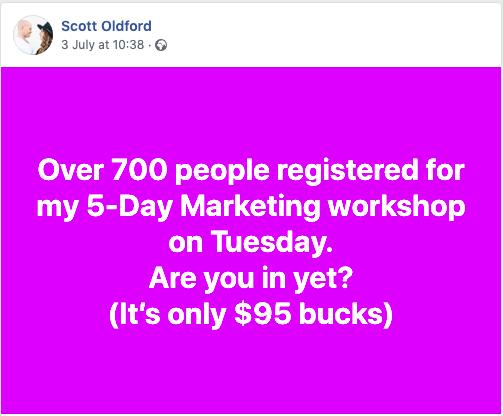
So, these are the 13 content types with examples for each one.
Your aim is to become “top of mind” and again… ENGAGE your audience!
And here’s the best part… a lot of this content may already exist. Chances are you already have the PR and the testimonials, and you’ve already written Facebook Posts or Blog Posts or Recorded Videos that touch on one or more of these content blocks.
The question now is when to choose each type of content to move people closer to the sale.
When to Use Each Content Type
Remember the 3 Lane Matrix that I shared in the marketing messaging post?
Here’s what it looks like in a nutshell:
You need to know which lane you’re talking to.
This will determine their mindset and what you need to focus on in your post. You will also understand what distribution channel to choose as well as the target commitment level (so you don’t create a 1 hour training for someone on the sidewalk), and the frequency to release your content to them.
I go more in depth about the matrix in this post.
What I want to focus on is where each type of the content types above fits into the puzzle.
Before we continue, not all the posts are to be used in 1 lane and not the others, it will be more like percentages and which content to focus on in each lane.
With that said, here are the content types that work for each lane:
The Sidewalk:
The sidewalkers are people who may experience the pain but they don’t understand what the problem is.
So your main focus is to illuminate the pain, show their problem, and the consequence of them actually not dealing with it.
And usually your main focus here is on them and showcasing their pain/problem. Maybe you could share a story about that pain and the consequences that happened to you. But stories are not always the best choice for potential customers who have only recently heard about you for the first time.
You could also publish lifestyle posts, just like how I do on my Instagram account.
Their attention span is very low, so you provide them content that is fast to consume.
And when they’re aware of their pain/problem, use invite/ask posts to ask them to check more in-depth content or to opt in for a guide.
The Slowlaners:
Slowlaners are people who understand their problem completely and they want to overcome it.
Here, you provide them with valuable info to make them know how to solve their problems and make them know your process. You will then need to make them relate with you using stories. And of course, you need proof that your system works.
As you can see in the lists below, most of the content types are intended for this group, and these are the people that I focus on in my marketing. My job is to turn them into fast laners, which makes the sale much easier.
So the content types to produce here are:
- Results/training
- Process/method
It’s more about moving them from knowing that they have a pain to knowing that there is a solution to it.
- Personal Story
- Personal philosophy/beliefs
- Question
These are great to make your audience connect with you and build intimacy. Maybe, sprinkle some lifestyle posts as well. Question posts are great to build that community and increase intimacy You should also consider:
- Authority/value
- PR
- Celebrity
Here you’re trying to sell them on your process and method so they understand that it’s the real deal to solve their problems. You also want to sell them on you.
So, yes, you build some intimacy, but by providing authority and PR posts, you also go from a friend whom they follow to a person they can trust and want to follow for advice.
- Invite/ask
You always want your audience to be making micro-commitments to move them closer to the sale. You could ask them to take small actions in return for delivering them a training or process/method type of content.
The Fast Laners:
These are people who are ready to pull the trigger and overcome their problem. They just need more convincing that the life they could have is better than their current one.
So you want to handle their objects, show them a version of what life could be like, and then ask them to take action.
So you post lifestyle posts that give them a vision of what life could be.
They need some more convincing, so you have to handle their objections. The best way to do so is using testimonials/case study posts. You need a lot of them to convince people that your services could help them.
You also need to ask them to pull the trigger. Yes, they may come to you, but sometimes they need that nudge to take the action like booking a call, messaging you, checking the sales page, and so on. Solution/application posts are perfect here.
My Formula for Creating Effective Content That Sells
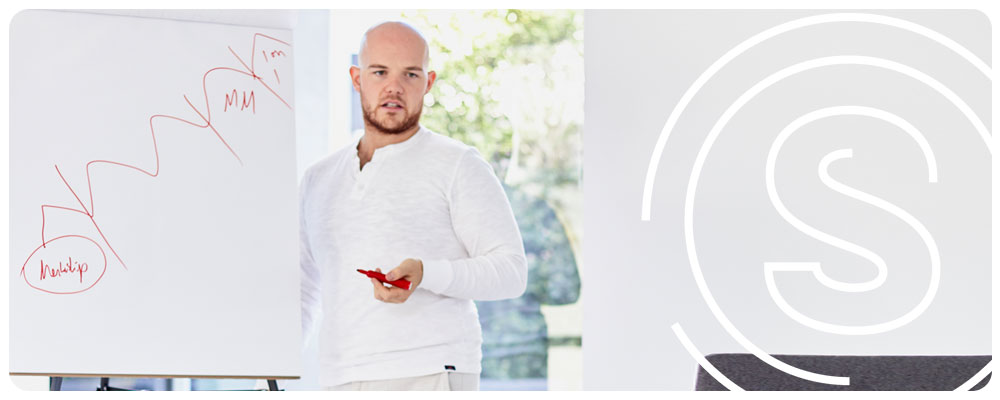
I know you have a lot of questions now about what to do next and how to actually create all the content, so that’s what we’re going to cover in this part.
This is my formula for creating any content type whether that’s social media posts, instagram stories, or an email.
#1. Pick A Lane (Primary/Secondary)
The first step is that I pick a lane that I’m going to focus on.
There should be a primary lane and a secondary lane.
So for example, I’m going to go to the slow lane and I’m going to put a little bit into the fast lane, or it’s for the fast lane and I’m going to put a little bit in there for the slow lane.
For my instagram content it is more of a sidewalk and a little bit of a slowlane.
In the facebook group, it’s more slow lane and a little bit of a fast lane.
Sometimes I focus on the sidewalk, but a lot of my marketing is geared toward moving people from the slow lane to the fast lane.
#2. Pick Content Types
This is easy once you know your lane. Check the above section to know which content types are perfect for each lane.
Usually, you have like 3 different types of content that you want to focus on.
So if we go with the primary slow lane, and secondary fast lane, here’s how my thinking might go:
I could create story, value, and PR, for example.
So I would mention a podcast that I’ve been on, I would merge it with a personal story, maybe about how I ended up on that podcast.
Maybe I would use a personal story about somebody that I was working with and something that came up and made me think.
And then I would relate it back to how this process helps somebody. “Here are the three things I learned because of that. Here are the three things I wanted to share with you.”
This is simply how I think about content types and how I could merge them together to create useful content for the lane that I’m targeting.
#3. Put Up a Picture of Your Ideal Customer
Remember when I told you that your 360 customer avatar worksheet will come in handy whenever you create any content piece?
To connect things even more and be able to visualize my customer avatar as I write, I put up a picture of someone who may fit that avatar.
I go online, go on Facebook, go on a Facebook group. I’ll take a random picture of somebody, and I’ll put it up on my screen.
I literally have folders of people’s headshots on my computer, people that I know are at seven figures, people that I know are at six figures.
When I start writing, I put them up and I’m like, “All right. I’m going to talk to you.”
This is in a nutshell how I create my content.
Create Your Content Library And Track Your Results – Introducing The Relevancy Grid Template
The relevancy grid is a simple way to be able to take your content from the past, whether that might be from your website or your emails or whatever it might be, and be able to sort it by the type of content that it is, as well as how well it’s doing.
You can start with just a simple spreadsheet like the example below, where you put the content metadata according to the type of content.
After that you could have a more advanced spreadsheet where you put all your content in it and rate the engagement and track it just like the picture below.
You Are Now More Equipped to Make Your Content Generate Sales
Now you know what that it takes to create content that sells. You now have a complete system to move people from just knowing you to closing the sale.
You now have an unfair advantage over your competitors who are focused on specific types of content to the exclusion of others and are just posting content haphazardly, not knowing what they’re doing.
You have the system. You know which content types to create. You know when to share that content. And you know the way to track your content results.
Getting sales from your content is a much simpler process now.
This is just 1 piece of the Relevancy, Omnipresence, Intimacy Method. You can learn more about the method with this detailed guide and accompanying cool resources. Click here to check it out.

